Instagram vs. LinkedIn for B2B Marketing: Which One Delivers Better Results?
When it comes to B2B marketing, choosing the right social media platform can significantly impact your success. Instagram and LinkedIn both offer unique opportunities for businesses to connect with their audience, but they cater to different demographics and serve different marketing purposes. Understanding the key differences between these platforms can help B2B marketers make informed decisions about where to focus their efforts.
Key Differences Between Instagram and LinkedIn Audiences
LinkedIn is a professional networking platform designed for business professionals, industry leaders, and decision-makers. The audience consists mainly of executives, recruiters, entrepreneurs, and corporate professionals looking for industry insights, networking opportunities, and career advancement.
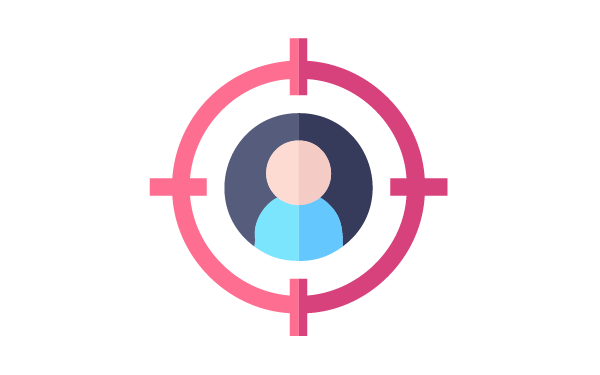
Instagram, on the other hand, is a visually driven platform with a diverse user base that includes professionals, creatives, and consumers. While not traditionally seen as a B2B platform, Instagram’s ability to showcase company culture, humanize brands, and engage audiences through visual storytelling makes it a valuable tool for certain industries.
Best Content Strategies for B2B Engagement
On LinkedIn, B2B content should focus on thought leadership, industry news, and professional insights. Long-form posts, whitepapers, case studies, and webinars perform well, as they provide value to an audience seeking knowledge and expertise. Sharing company updates, employee achievements, and business milestones also helps build credibility.

Instagram requires a more visual and engaging approach. High-quality images, behind-the-scenes content, and short videos showcasing company culture, product demonstrations, and client testimonials work well. Utilizing Instagram Stories, Reels, and carousel posts can boost engagement and brand visibility.
Lead Generation Tactics on Both Platforms
LinkedIn is one of the most effective platforms for B2B lead generation. Features like LinkedIn Sales Navigator, InMail, and lead generation forms allow businesses to connect directly with decision-makers. Posting valuable content and engaging in discussions within LinkedIn Groups can also help generate leads.
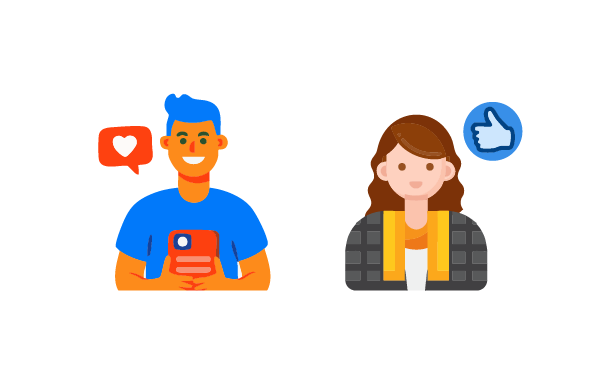
Instagram relies more on brand awareness and indirect lead generation. Features like Instagram Stories with swipe-up links, shoppable posts, and strategic use of hashtags can drive traffic to landing pages. Collaborating with industry influencers and running contests or giveaways can also enhance engagement and brand exposure.
Advertising Costs and ROI Breakdown
LinkedIn advertising tends to be more expensive than Instagram due to its highly targeted B2B audience. Sponsored content, text ads, and InMail campaigns often deliver high-quality leads, but the cost per click (CPC) and cost per lead (CPL) can be significantly higher than on other platforms. Businesses with a well-defined target audience and higher budgets often see strong ROI from LinkedIn ads.
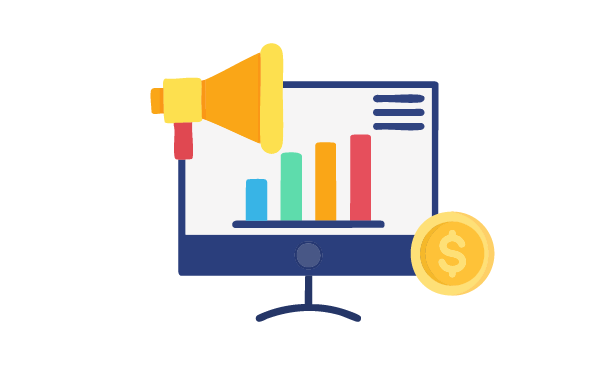
Instagram ads, which are run through Meta’s ad platform, are generally more affordable and offer various ad formats, including Stories ads, carousel ads, and video ads. While Instagram’s audience is broader, businesses can still leverage interest-based and demographic targeting to reach relevant decision-makers at a lower cost.
Case Studies on B2B Success Stories
Many B2B brands have found success using both platforms. For example, professional services firms often leverage LinkedIn to publish insightful articles and generate leads through targeted advertising. Meanwhile, brands in creative industries, such as design and marketing agencies, have successfully used Instagram to showcase their portfolio, company culture, and behind-the-scenes content, attracting potential clients.
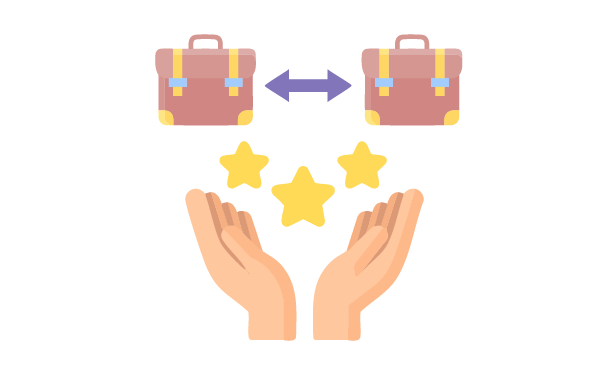
Which Platform Reigns?
Both Instagram and LinkedIn offer unique advantages for B2B marketing. The best choice depends on your business goals, target audience, and content strategy. Here’s a breakdown of where each platform shines:
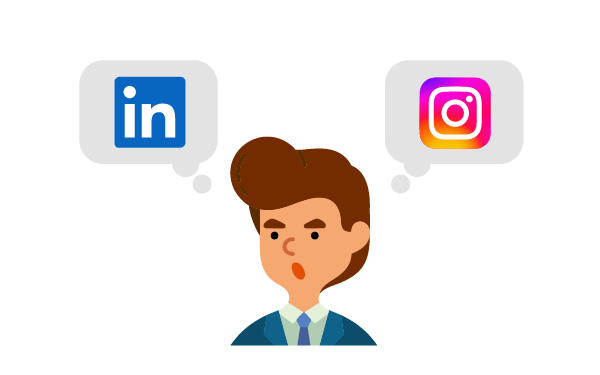
- LinkedIn:
- Best for direct lead generation: Advanced targeting features like Sales Navigator and InMail allow businesses to connect with decision-makers directly.
- Ideal for thought leadership: Long-form content, whitepapers, case studies, and professional insights resonate well with LinkedIn’s audience.
- Effective for professional networking: It’s the go-to platform for connecting with industry leaders, executives, and other business professionals.
- Strong for B2B-specific advertising: LinkedIn ads tend to yield higher-quality leads, particularly for niche markets.
- Instagram:
- Great for brand awareness: Instagram’s visual appeal helps businesses showcase their company culture, products, and behind-the-scenes content.
- Excellent for engagement: Stories, Reels, and carousel posts are powerful tools for driving interaction and boosting visibility.
- Effective for indirect lead generation: Use of hashtags, shoppable posts, and influencer collaborations can drive traffic to landing pages.
- More affordable advertising: Instagram ads generally offer a lower cost per click, making it a good option for brands with limited budgets.
A strategic, integrated approach using both platforms may deliver the best results for B2B marketers looking to balance lead generation with brand visibility and engagement.
At HTC, we cover all bases and platforms with our social media marketing (SMM). Whether for B2B or B2C marketing, our comprehensive programs will help your business reach new heights.